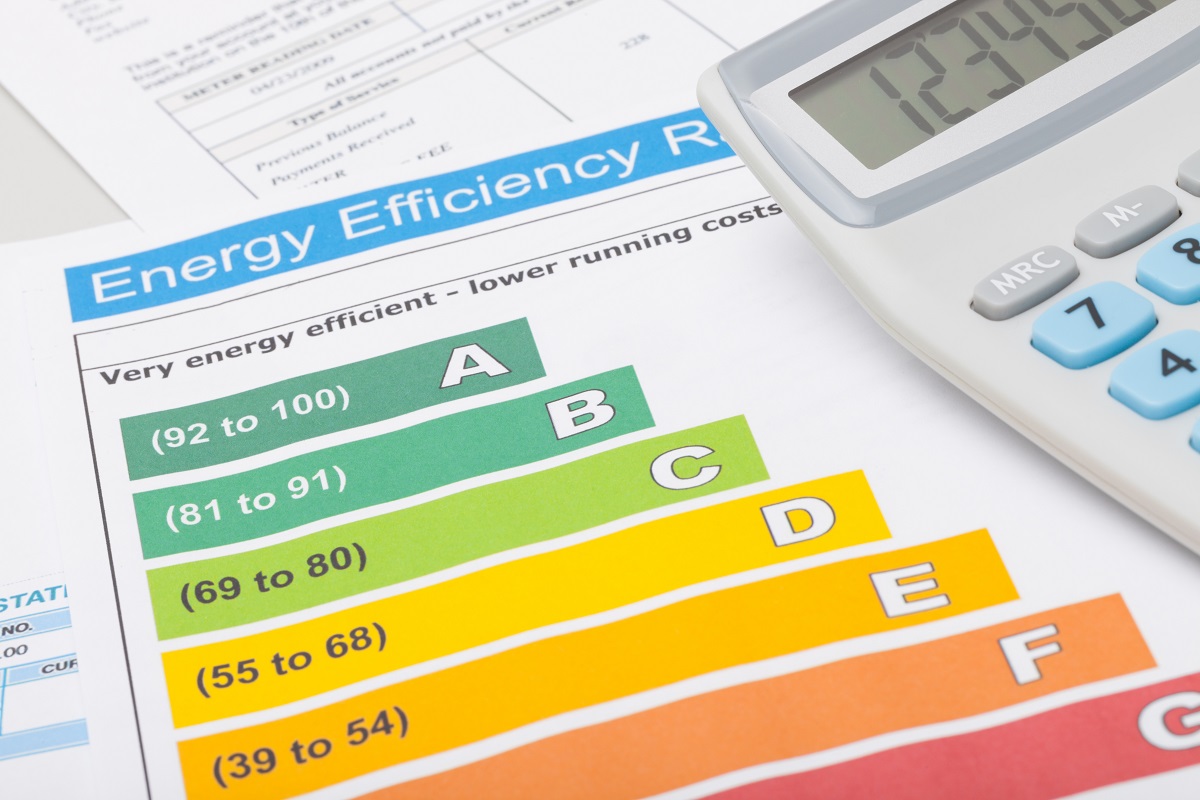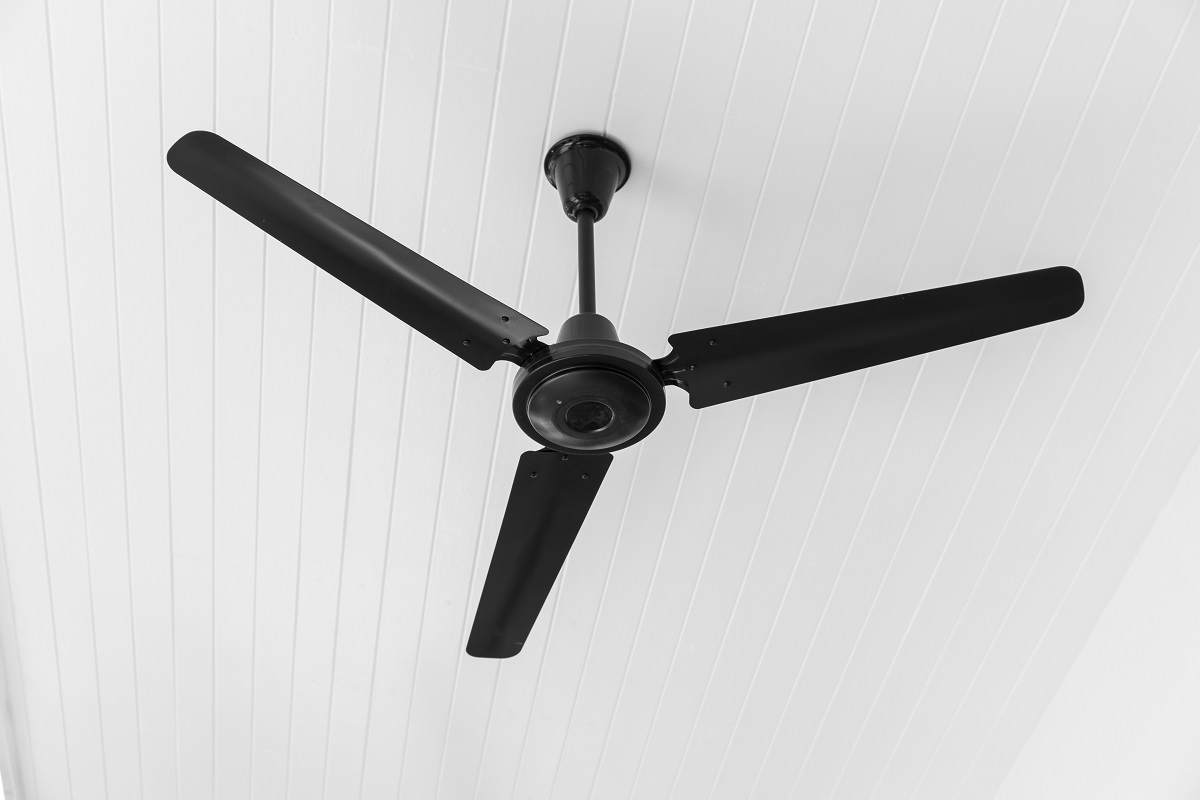- Regular maintenance of the Heating, Ventilation, and Air Conditioning (HVAC) system is critical for energy efficiency and saving costs.
- Installing a programmable thermostat can automate temperature adjustments based on daily routines and lead to substantial energy savings.
- Using ceiling fans effectively can maintain comfortable temperatures year-round and decrease energy consumption.
- Managing blinds appropriately, including keeping them closed during the day, can help control indoor temperatures and reduce energy consumption.
Managing the temperature in your home efficiently is vital for your comfort and energy bills. You can maximize your home’s temperature control through simple practices and minor adjustments, saving money and enhancing comfort. Delve into some top tips that will help you effectively manage your home’s temperature.
Practice energy efficiency.

Explore different strategies to drastically improve your home’s energy efficiency, reducing your carbon footprint and saving you money in the long run. Here are some tips:
Maintain your HVAC system.
Regular maintenance of your Heating, Ventilation, and Air Conditioning (HVAC) system is critical for its efficient operation and longevity. Ensure the filters are clean and replaced as needed – dirty filters make the system work harder and consume more energy. You should also have your system professionally serviced at least once a year to address any potential issues early on.
Try lowering your thermostat by a few degrees in winter and wear warmer clothes to save energy. During summers, ceiling fans circulate the air, reducing the need for air conditioning. A programmable thermostat can also be a worthwhile investment, automatically adjusting your home’s temperature based on your daily routines. Remember, a well-maintained HVAC system reduces energy costs and contributes to a healthier living environment.
Install a programmable thermostat.
A programmable thermostat is a dynamic tool that allows homeowners to customize the temperature of their homes based on their habits and schedules. This device automates temperature adjustments, reducing energy consumption when you are away or asleep. For instance, during the winter, you can set the thermostat to lower the heat when you’re out, and then warm up the house right before you return.
Similarly, in the summer, it can turn the AC down while you’re away and cool the house in time for your arrival. This results in substantial energy savings and ensures optimal comfort at home. Most models are fairly straightforward to install and user-friendly. Investing in a programmable thermostat is a smart move towards a more energy-efficient household.
Use ceiling fans.

Ceiling fans are an economical and energy-efficient way to manage your home’s temperature. In summer, they create a wind-chill effect, making the room feel cooler than it is and reducing your reliance on air conditioning. In winter, run your fan at a low speed clockwise to push warm air down from the ceiling and eliminate cold spots.
This can help you save on heating costs. Using ceiling fans effectively lets you maintain a comfortable temperature in your home year-round and significantly decreases energy consumption, lowering utility bills. Turn off ceiling fans when rooms are unoccupied to save even more energy. Ceiling fans come in various styles and sizes, offering your home functionality and a design touch.
Keep blinds closed during the day.
During the day, keeping your blinds closed is a simple yet effective way to manage your home’s temperature. This practice blocks the sun’s harsh rays, preventing heat from building inside your house, particularly in the sweltering summer months. On the flip side, during winter, opening your blinds during the day allows the natural sunlight to penetrate your house, providing free heat and light.
At night, close the blinds to conserve the heat and block out any cold winds. Window treatments such as thermal curtains, cellular shades, or solar screens can also be considered for added insulation and better temperature control.
Incorporating this simple step into your daily routine can contribute significantly to maintaining a comfortable temperature in your home and reducing energy consumption. Remember, something as simple as managing your blinds can create a noticeable difference in your utility bills and your home’s energy efficiency.
Seal leaks.
Sealing leaks in your home is another effective strategy to enhance temperature management and energy efficiency. Unsealed cracks and gaps in your walls, windows, or doors allow warm or cool air to escape, causing your HVAC system to work harder. Conduct a thorough inspection of your home’s envelope – the outer shell that protects it from the elements – and use caulking or weatherstripping to seal any leaks you find.
Attention should also be given to areas where utilities and pipes enter your home, as they are common sources of leaks. Regularly inspecting and sealing leaks can significantly enhance your home’s insulation, maintain a comfortable indoor temperature, and result in substantial energy and cost savings in the long run. By taking these simple measures, you’re making your home more energy-efficient and increasing its lifespan and value.
Consider professional insulation services.
Professional insulation services can dramatically improve your home’s energy efficiency. Expert installation of high-quality insulation in your walls, floors, and attics can substantially reduce heat transfer, keeping your home warmer in the winter and cooler in the summer. This leads to more balanced, comfortable temperatures throughout your home and reduces the strain on your HVAC system, significantly lowering energy costs.
Professional services ensure the insulation is installed correctly and safely, avoiding potential issues such as moisture buildup that can lead to mold or structural damage. Additionally, insulation experts can guide you on the best type of insulation for your specific needs, considering factors like your local climate and the age and construction of your home. Investing in professional insulation services is a smart, long-term decision that can enhance your home’s comfort and value while contributing to a more sustainable future.
In conclusion, your home’s temperature management is in your hands. You can significantly enhance comfort and energy efficiency by taking simple steps, like regular HVAC maintenance, using a programmable thermostat, and professional insulation. Start today and make your home a haven of comfort.

